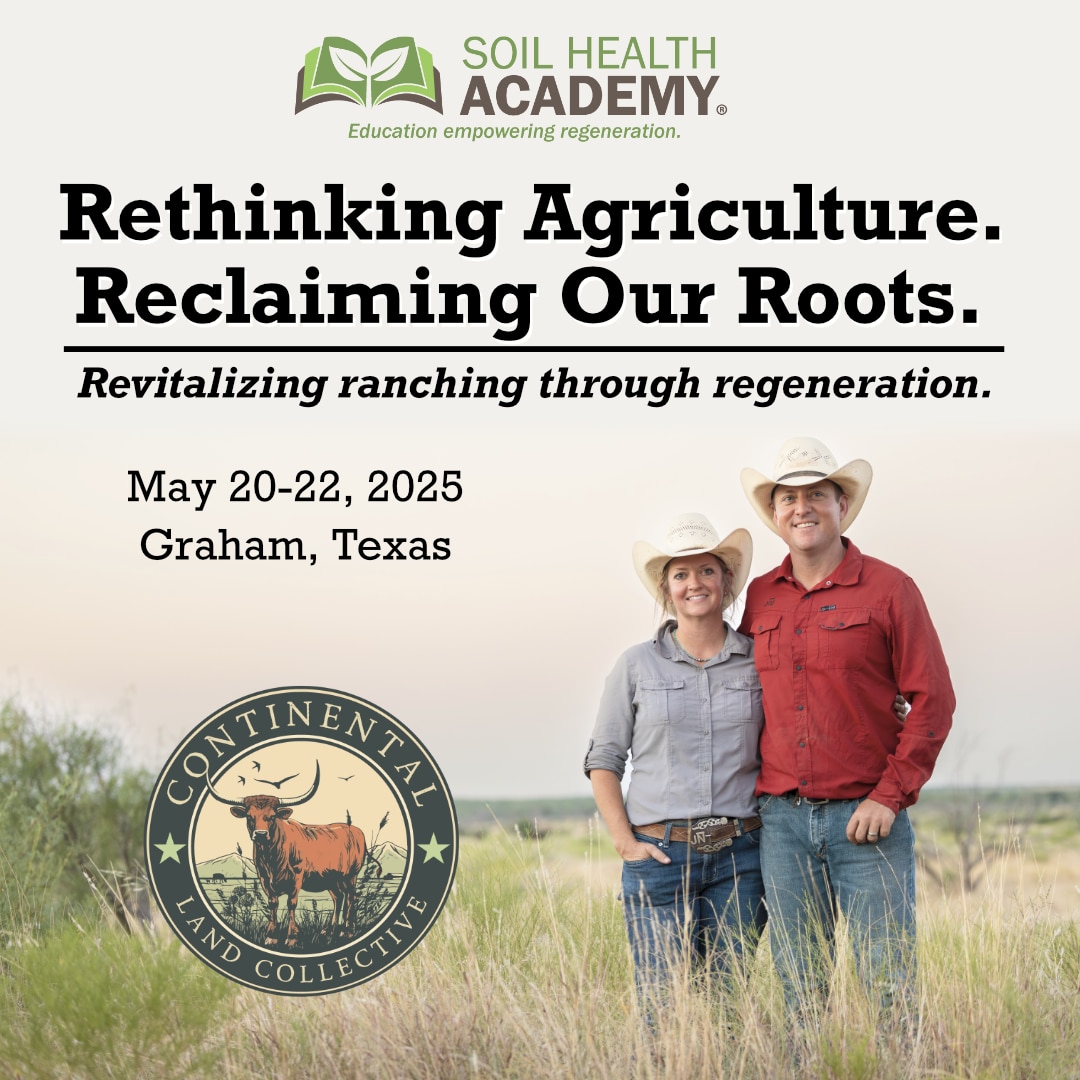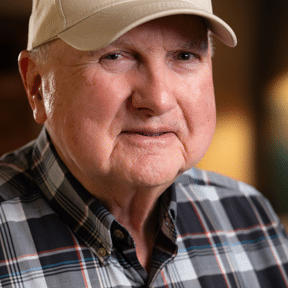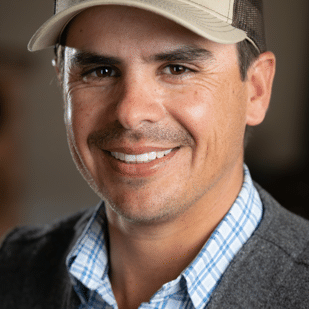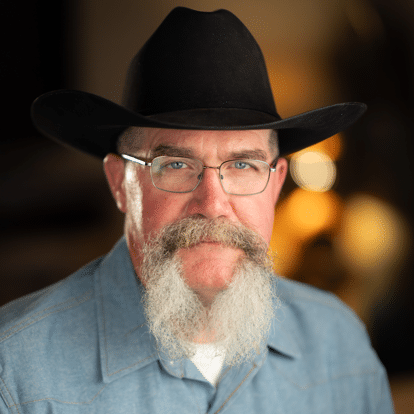About the Academy
What You Will Learn
- Enhance ranch productivity and long-term sustainability through effective soil health practices
- Utilize keen observation to adapt to evolving conditions and make informed decisions.
- Improve ranch profitability, reduce input costs, and achieve better environmental outcomes through advanced soil health management.
- Learn effective approaches to grazing while utilizing bulls year-round and managing large herds.
- Minimize labor costs and optimize land leases to improve overall ranch economics.
- Maximize the benefits of forage diversity and soil health by properly managing soil armor and implementing optimal rest periods.
Who Should Attend?
The course will detail practical & profitable implementation of regenerative approaches to enhance the resilience and adaptability of their ranching operations. Whether you’re looking to improve ranch productivity, adapt to changing climates, learn more about cattle breed selection, having bulls out year around with the herd, or implement regenerative practices, this event will provide you with valuable insights and practical strategies. This academy is perfect for those committed to improving their land, livestock, and overall ranching systems through regenerative practices.
Agenda
Tuesday, May 20
7:30 Registration starts
8:00 Welcome & Introductions
9:00 Understanding Ag, Principles of Soil Health, and 6-3-4
10:00 Break
10:15 Adaptive Grazing in Brittle Environments
11:00 Break
11:10 Discussion; Challenges and Benefits of Implementing 6-3-4
12:00 Lunch
1:00 Robert Nantz & The Continental Land Collective
1:30 Travel to Throckmorton (45 minutes away from Graham)
2:15 Field Exercises
5:00 Adjourn
Wednesday, May 21
8:00 Questions/Answers & Group Discussion
8:30 Ranch Profitability
10:00 Break
10:15 Marketing Strategies; Risk Management
11:00 Break
11:15 Herd Management & Adaptive Genetics
12:00 Lunch
1:00 Travel to Throckmorton (45 minutes away)
1:45 Field Exercises
5:00 Adjourn
6:30 Evening meal sponsored by Robert & Stacy Nantz, Screening of Destination Regeneration
Thursday, May 22
8:00 Travel to Throckmorton (45 minutes away)
8:45 Field Exercises
11:00 Travel to Graham (45 minutes away)
12:00 Lunch
1:00 Q&A & Group Discussion
1:30 Building Diversity
2:15 Break
2:30 Water Infrastructure & Fencing Design
3:45 Break
4:00 Case Scenarios & How to get started?
5:00 Final Q&A & Group Discussion
5:30 Adjourn
Registration & Getting There
Cost of Tuition
Tuition of $1,375.00 includes
• Regen Ag 101 course ($499.00 value), which SHA recommends completing before the first day of class
• In-person attendance at the SHA, along with course materials, daily snacks, water, and lunch each day
• Access to quarterly alumni Q&A conference calls with SHA instructors and the graduate portal on the SHA website
*Please note that Regen Ag 101 access will be sent to you within 1-3 business days of registration taking place.*
Cancellation Policy
The down deposit of $500 is non-refundable, but can be transferable toward any academy held in 2025 or 2026.
Financial assistance through scholarships are available to help with the cost of tuition. To apply for a scholarship, please register for the academy, then submit a scholarship application. Scholarships are made possible thanks to the generous support of private organizations and individual donors.
Classroom & Farm Location
Classroom
Wildcatter Ranch
6062 TX-16
Graham, TX 76450
Ranch
Continental Land Collective
Throckmorton, TX 76450
Lodging Information
Hotel/Lodging
Wildcatter Ranch
6062 TX-16
Graham, TX 76450
To reserve, please email [email protected] with your name and room type requested.
Cabin Suites: $210/night + tax
Hotel Rooms: $177.30/night + tax
If you're unable to secure lodging at Wildcatter Ranch, here are two nearby options approximately 15 minutes away. Please note that Soil Health Academy does not have a room block reserved at either of these locations, so availability may vary:
Best Western Plus Graham Inn
1707 TX-16
Graham, TX 76450
The Middleton Hotel
509 Fourth Street
Graham, TX 76450
Closest Airport
Wichita Falls Regional Airport (SPS)
4000 Armstrong Dr.
Wichita Falls, TX 76305
Dallas/Fort Worth International Airport
2400 Aviation Dr.
Dallas, TX 75261
Lodging costs are separate from tuition. While it is not mandatory to stay at the accommodations listed here, we encourage attendees to book nearby lodging for the convenience of traveling to the classroom and farm locations.
Breakfasts and dinners are also not included in the tuition.
About the Host Ranch
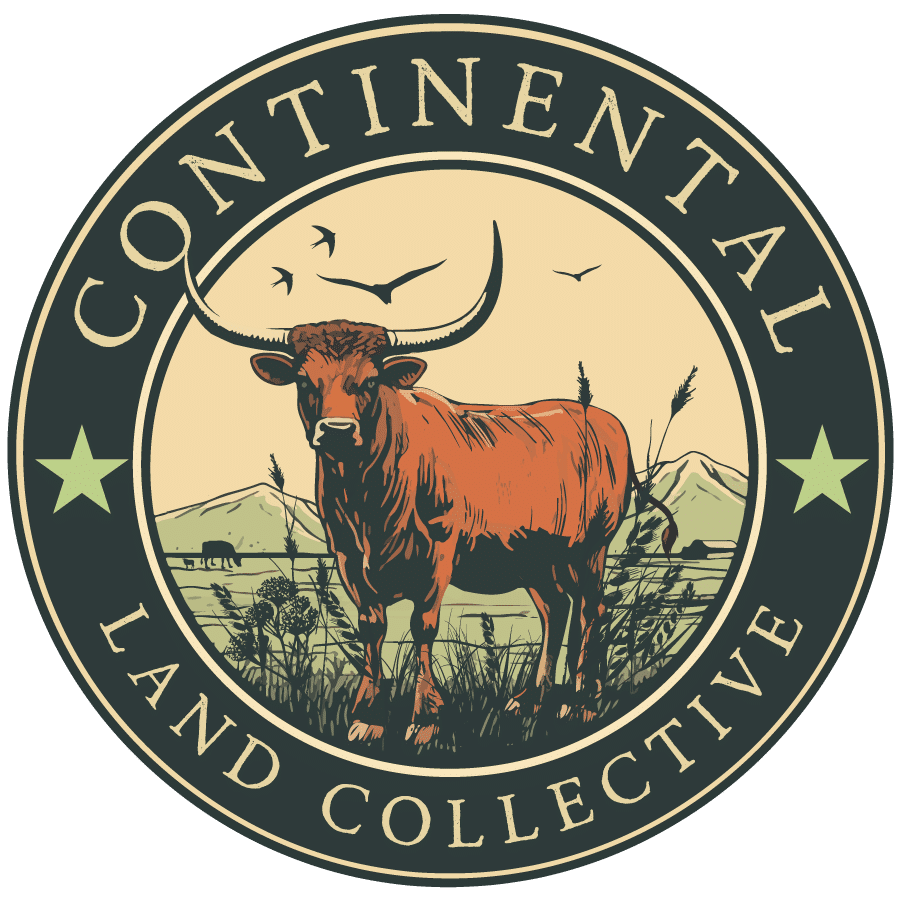
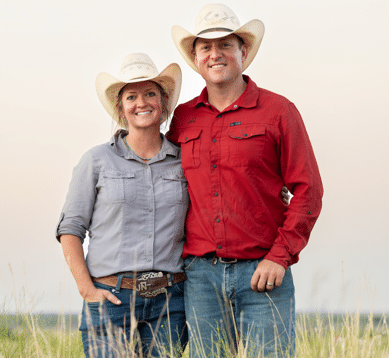
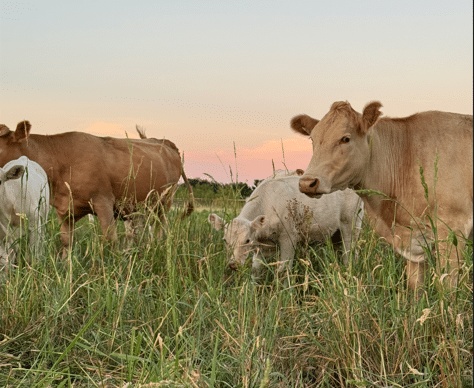
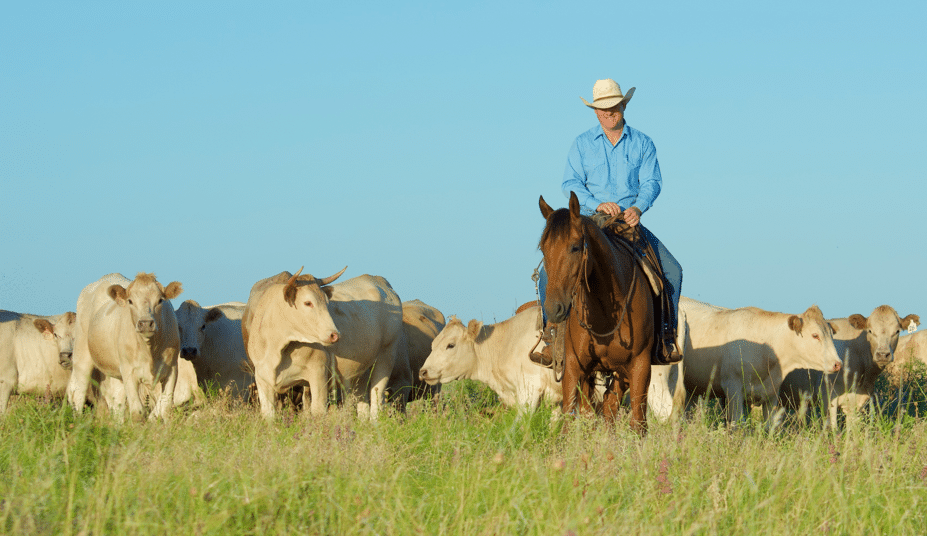
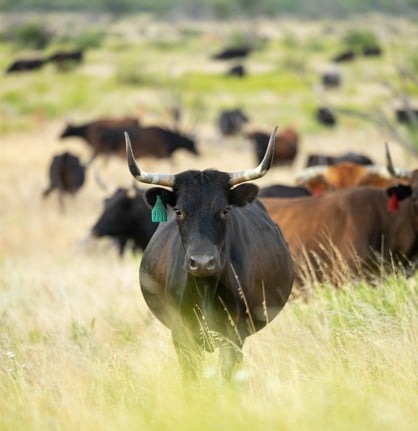
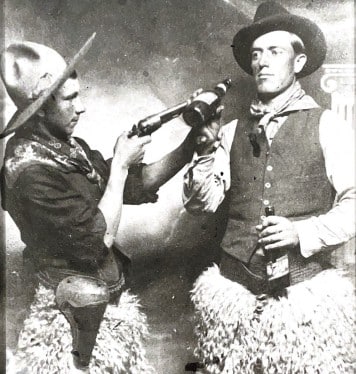
Robert Nantz’s grandad was born in 1893 in the backwoods of eastern Kentucky. He made the journey to Texas on a wagon in the late 1800s and worked on various ranches throughout north central Texas, purchasing several ranches in Young, Jack, Palo Pinto, and Stephens counties. A picture of him in 1916, seen on the right, captures a moment from his life.
Robert’s father was born in 1942 in Graham, Texas, and was the second youngest of 15 children. Primarily a rancher, he also pursued various other ventures to expand his operations. Over the years, he acquired a few thousand acres and, at one point, was leasing 17 ranches and running 600 mother cows. Known for being practical, efficient, and frugal, Robert’s father seldom employed a crew for cattle work, relying instead on Robert, his brother, and sometimes one or two other hands. His methods included leaving bulls out year-round and maintaining a yellow and white salt block for the cows. The approach was simple yet effective—Robert recalls how his dad would buy two needles to work 100 cows, a testament to his Depression-era mindset. Despite the rugged nature of ranching, Robert’s parents encouraged him to pursue other avenues, advising against a life in agriculture. However, Robert developed a passion for ranching while working on large operations in far west Texas, particularly in the Marfa, Presidio, and Valentine areas. Over the course of a decade, Robert grew fond of the vast, open landscapes and large-scale ranching.
In 2007, Robert graduated college, becoming the first in his immediate family to do so. By then, his father had scaled back his ranching operation, keeping only about 60 cows. He offered Robert and his brother the opportunity to buy him out, which they did after a cattleman from the local sale barn appraised the herd. Robert and his brother flipped a coin to determine who would pick first, and that’s when Robert’s journey in the cattle business truly began.
In 2008, Robert married his college sweetheart, Stacy. The early years of their marriage were financially tight, with no TV or AC, as they tried to save money. They would wet towels and lay them across themselves, relying on a fan for cooling—a tip from an old rancher that worked surprisingly well until the towel dried out.
Robert worked at the Young County Appraisal District for a couple of years until 2010-2011 when the ranch had grown to 200 cows, at which point he transitioned to full-time ranching. As he built his herd, Robert continued to day work for ranches across Texas, picking up valuable insights from both large and small operations. His experiences led him to eventually be asked to bring a crew for major branding and weaning events. This dual perspective, as both a day worker and cattle owner, proved invaluable, as it highlighted the differences between the two roles.
Over the years, Robert’s success in ranching stemmed from his ability to experiment and make changes quickly. Unlike generational operations, which can be slow to adapt, Robert’s willingness to try new methods and change course when necessary has played a key role in his growth. His operation has expanded from the initial herd purchased from his father to a permanent herd of 2,800 mother cows. Robert has bought, sold, traded, and imported thousands of cattle across 70 ranches in 11 Texas counties. His efforts have included experimenting with a variety of cow and bull breeds, crossbreeding, and testing numerous inputs to increase productivity and profitability. However, Robert has found that nothing has had a more positive impact on his land, cattle, and bottom line than large-scale regenerative ranching.

